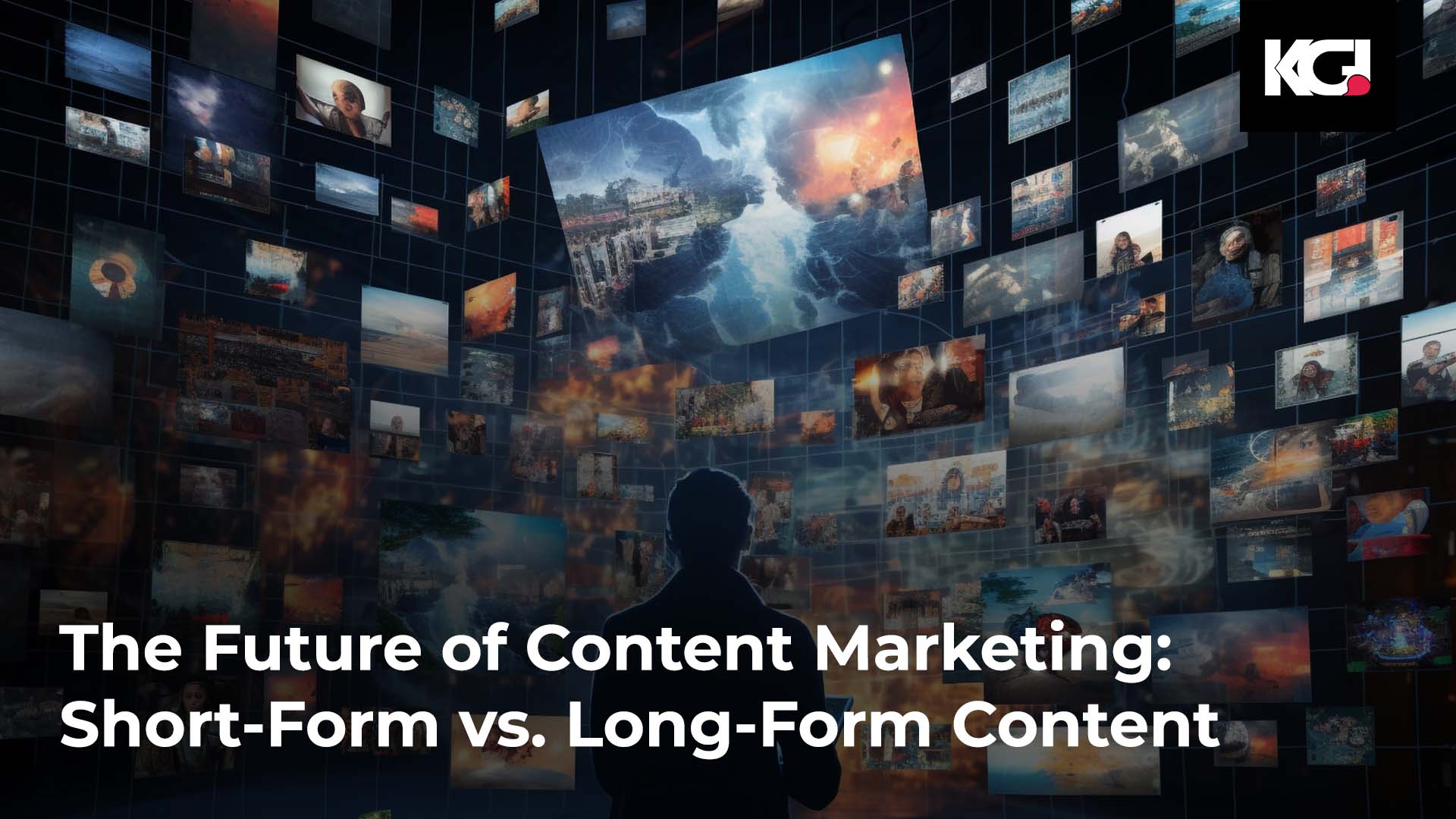As digital marketing evolves, content strategies increasingly revolve around one key decision: whether to prioritize short-form or long-form content. Both formats bring unique strengths to the table, and selecting the right one can significantly influence engagement, audience reach, and brand perception. To succeed in today’s competitive landscape, marketers must understand the role each format plays and how to use them effectively.
The Appeal of Short-Form Content
Short-form content—usually less than 1,000 words for written pieces or under a minute for videos—has gained immense popularity thanks to its quick, easily digestible nature. Platforms like TikTok, Instagram Reels, and YouTube Shorts thrive on brief, eye-catching content that captures attention in seconds.
One of the main advantages of short-form content is its ability to fit seamlessly into the fast-paced, on-the-go consumption habits of modern audiences. With shrinking attention spans and an overload of information, short-form content offers a way to communicate messages quickly and effectively. This format also allows brands to produce a high volume of content that keeps them relevant and top-of-mind for consumers—perfect for brand awareness and social media engagement.
However, short-form content comes with limitations. Its concise nature makes it difficult to explore complex topics or convey deeper narratives. While it’s great for quick bursts of information or entertainment, brands may struggle to fully communicate value or expertise in such brief interactions.
The Value of Long-Form Content
Long-form content, such as detailed blog posts, podcasts, white papers, or longer videos, allows brands to take a deeper dive into subjects, offering richer value and insights. Typically exceeding 1,000 words or lasting five minutes or more, long-form content provides a platform for thorough exploration of topics, making it ideal for educating audiences, sharing expertise, and building trust.
From an SEO perspective, long-form content holds significant advantages. Search engines tend to prioritize content that provides comprehensive answers to user queries, meaning longer, in-depth articles are more likely to rank higher in search results. This helps drive organic traffic and positions brands as thought leaders in their respective industries, which can enhance credibility and convert casual readers into loyal customers.
The challenge with long-form content, however, is that it requires more investment—both in time to produce and in time to consume. In a world dominated by short attention spans, fewer people may be willing to engage with longer content unless it promises exceptional value.
Finding the Right Balance
The future of content marketing doesn’t lie in choosing between short-form and long-form content, but rather in integrating both into a cohesive strategy. Short-form content can be used to quickly capture attention, spark curiosity, and drive engagement, while long-form content provides an opportunity to build deeper connections and offer more substantial insights.
Marketers who master the balance between these two formats will be well-positioned to engage their audience on multiple levels, tell compelling brand stories, and ultimately, drive more meaningful results.


